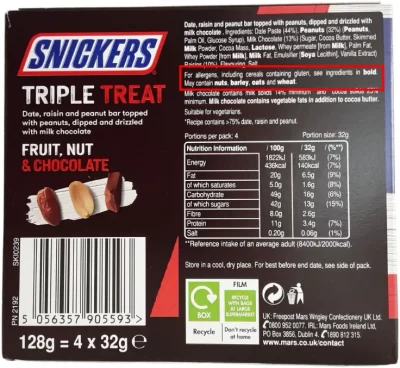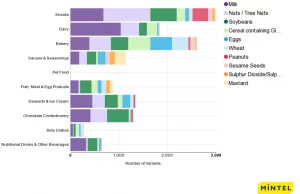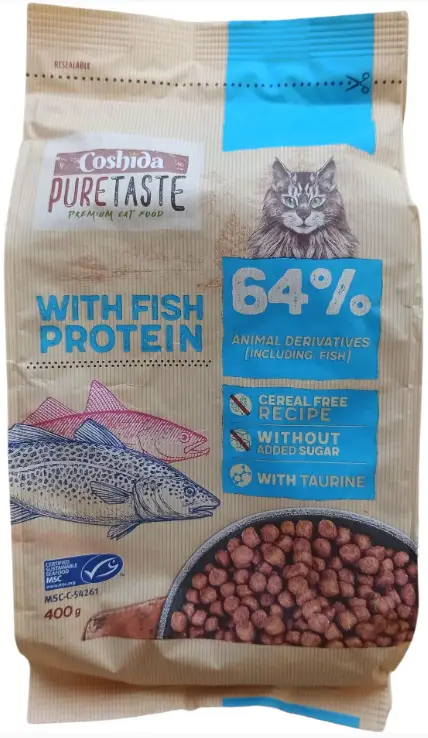Abstract:
Food allergies, affecting 6-13% of the global population, have become a significant burden on healthcare, with a rising prevalence. The current standard of care remains limited to avoidance of allergenic foods and management of acute allergic reactions through the administration of antihistamines and epinephrine autoinjectors. Pets too, are allergic to certain ingredients. There are two ways of addressing the allergy issue- one is to manufacture products that are free from allergens, or alternately, replace the allergen with other ingredients, reducing its allergenicity. Interestingly, the guidelines of American Academy of Allergy, Asthma, and Immunology (AAAAI) and American Academy of Pediatrics (AAP) suggest that parents must begin introducing allergens to their baby as early as four months, so that they can outgrow the allergy quickly. Another fast-growing approach is to monitor food allergens through Blockchain Technology, where consumers have the means of detecting food products contaminated with allergens (despite the label stating otherwise) while at the same time, alerting the other consumers, organizations and even the producing company.
Introduction
Food allergies that affect 6-13% of the global population have become a significant burden on healthcare, and their prevalence continues to rise [1]. The current standard of care remains limited to avoidance of allergenic foods and management of acute allergic reactions through the administration of antihistamines and epinephrine autoinjectors. Pets too, are allergic to certain ingredients. While chicken is a great protein source that provides essential amino acids to support strong muscles and also provide energy, up to 25% of dogs may have an adverse reaction to it [2]. Vomiting, diarrhoea and itchy skin are a few symptoms to look out for in both cats and dogs. More specifically, dogs may end up with chronic ear infections, while cats may experience wheezing, gas and bloating as a result of eating certain foods that do not agree with them [3].
In the United States, the Food Allergen Labeling and Consumer Protection Act of 2004 reminds people of allergy problems every time they handle a food package, and restaurants have added allergen warnings to menus [4]. The Culinary Institute of America, which is a premier school for chef training, provides courses in allergen-free cooking. The institute, interestingly, has a separate teaching kitchen [5].
In July 2021, the introduction of Natasha’s Law, named after Natasha Ednan-Laperouse, was announced. Natasha, aged 15, died in 2016 from a severe allergic reaction after eating an artichoke, olive and tapenade baguette at Heathrow airport. Following Natasha’s death, Natasha’s law came into force in UK in October 2021; according to which the manufacturer will have to provide the full list of ingredients and allergen labelling on all foods pre-packaged for direct sale in England, Wales, and Northern Ireland [6].



















